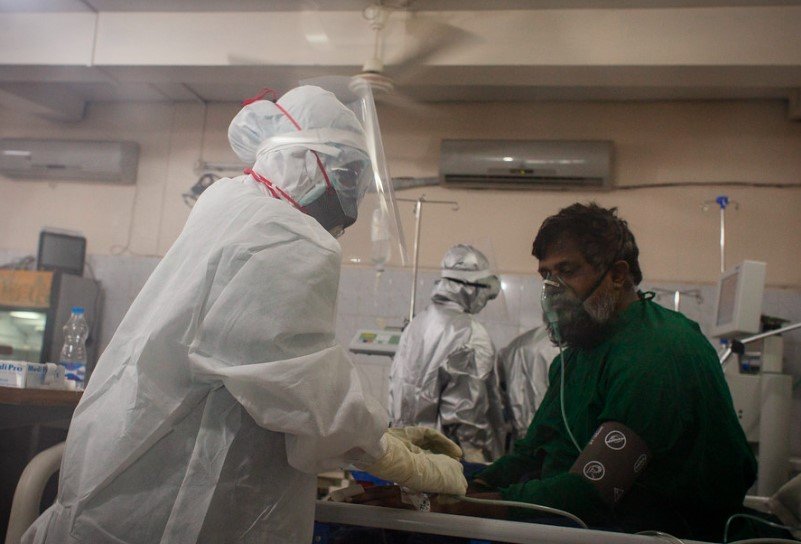The Centre is rolling out a nationwide Covid mock drill today to test hospital readiness as infections climb beyond 4,000. This exercise aims to evaluate critical resources like oxygen, essential medicines, and ventilators across major healthcare facilities.
Rising Covid Cases Trigger Urgent Preparedness Checks
India is witnessing a steady uptick in Covid-19 infections, with active cases recently surpassing the 4,000 mark. Kerala remains the hardest hit state, but the surge has raised alarms across the country. In response, the Union Ministry of Health has decided to conduct a large-scale mock drill to ensure hospitals can handle any potential new wave of infections.
This move follows a series of meetings led by Dr. Sunita Sharma, Director General of Health Services, who closely monitored the recent case trends. The drill will put hospitals to the test by checking vital infrastructure and resource availability, including oxygen supplies, critical medicines, and ventilator units.
Officials say the goal is straightforward: make sure healthcare systems across India are ready to cope if the situation worsens. It’s a preemptive strike in preparation for any surprises Covid might throw at the nation.
What the Mock Drill Entails: A Deep Dive into Hospital Preparedness
The mock drill covers a range of essential checks, focusing on the backbone of Covid treatment. Here’s what officials will be assessing:
-
Oxygen supply lines and storage facilities
-
Stock levels and accessibility of essential medicines
-
Availability and functionality of ventilators
-
Staff readiness and training for emergency response
-
Coordination mechanisms within hospitals and between state health departments
Hospitals will simulate real-time scenarios to test their response capabilities under pressure. This isn’t just a paperwork exercise — it’s hands-on, with officials visiting facilities to inspect and evaluate.
The drill also looks at the system’s ability to quickly ramp up resources if needed, like increasing oxygen production or distributing medicines efficiently.
These evaluations will feed into a comprehensive report that the Health Ministry will use to address any weak points.

The State-Level Response and Challenges
While the Centre leads the mock drill, state governments are crucial players in this effort. Kerala, bearing the brunt of the current wave, has already been issuing advisories to ensure oxygen availability and has directed district magistrates to maintain vigilance.
Other states, too, have been urged to boost Covid preparedness, with particular focus on rural and underserved areas where healthcare infrastructure might be stretched thin.
The challenges are significant. India’s healthcare system has battled waves of Covid before, and while it has improved, resource disparities still exist. Rural hospitals often lack sufficient oxygen plants and ventilators compared to their urban counterparts.
In some places, supply chains for essential medicines can be patchy, raising concerns about how well those areas can handle a sudden surge.
The mock drill aims to highlight these gaps well before any crisis hits, giving officials time to act.
The Bigger Picture: Lessons from Past Waves and the Need for Vigilance
India’s experience with Covid has been a rollercoaster — from devastating peaks to hopeful lulls. The past few years have taught health officials that complacency can be costly.
Vaccination drives and public health measures have kept severe cases relatively low recently, but the virus continues to evolve. Variants can emerge unexpectedly, catching systems off guard.
That’s why exercises like this mock drill matter. They keep the gears turning, ensure readiness, and remind everyone involved that Covid is not “over” yet.
Health experts have often stressed that preparedness isn’t just about equipment but also about efficient communication, quick decision-making, and coordinated responses. The drill will test all these layers.
This mock drill comes at a critical time, reminding everyone that vigilance is the best defense. India is better prepared now than in early 2020, but the virus doesn’t take breaks.
With over 4,000 active cases, the warning signs are clear — hospitals need to be ready, systems tight, and supplies stocked. Today’s drill will show just how battle-ready India is in this ongoing fight.
